commentary Commentary
Commentary: No miracles expected but hopes for trade truce remain high as Trump meets Xi at G20
A four-eye meeting between US President Donald Trump and Chinese President Xi Jinping could pave the way for a trade truce and an eventual comprehensive trade agreement, says Tom McGregor.
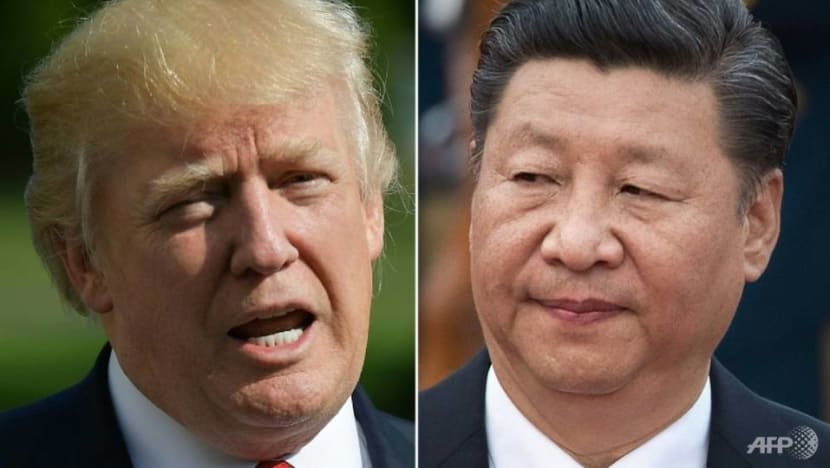
US President Donald Trump and China's Xi Jinping could meet in June 2019 on the sidelines of the G20 summit in Japan for trade talks, says a top White House aide. (Photo: AFP/MANDEL NGAN, NICOLAS ASFOURI)
BEIJING: Many keen observers already hold low expectations for US President Donald Trump and Chinese President Xi Jinping’s bilateral meeting, expected sometime soon as they head to Osaka for the G20 Leaders’ Summit.
Such low expectations are a reminder and recognition that complicated and long-simmering diplomatic disputes sometimes need politically difficult negotiations over trade-offs and internal consultations within their own internal bureaucracies.
Nonetheless, the significance of the G20 remains paramount, at least because leaders of sovereign governments can engage in more direct dialogue with each other on the sidelines of the main event.
MEETING FACE-TO-FACE
President Xi is seeking to meet with President Trump privately, without the presence of political appointees, so they can have frank and direct discussions.
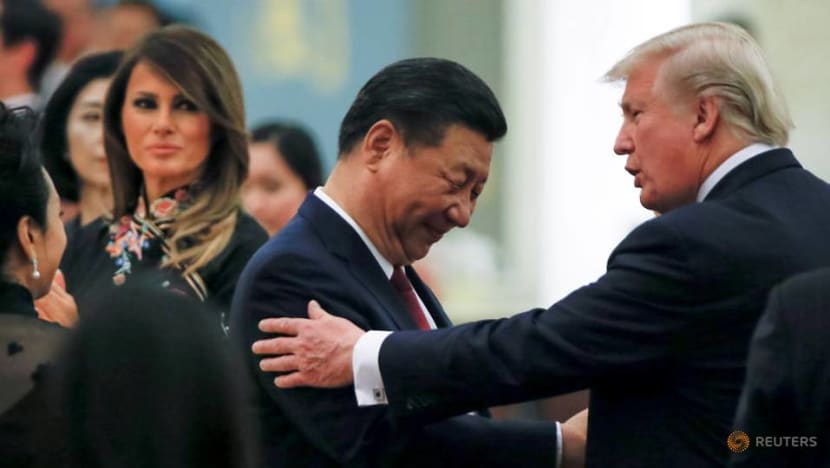
READ: Here’s why the US-China trade war won’t cool down anytime soon, a commentary
Coming after the imposition of US tariffs, a trade ban on Huawei and much more at stake, President Xi is likely to be keen to assume a more hands-on approach to speak man-to-man, assert his authority and assume a stronger leadership role to shape the outcomes of these trade talks.
He likely expects President Trump to do the same and assert more personal authority over White House officials.
There are many players who might wish Washington take a harder stance on China, some with the lofty goal of reshaping China’s political and economic system.
Trump’s camp has famous hawks who hold strident views when it comes to taking on China, including National Security Advisor John Bolton, US Secretary of State Mike Pompeo and CIA Director Gina Haspel.
On China’s side, President Xi’s State Council has a mix of hawks and doves, who differ on how best to handle US-China relations, the most hawkish being Chinese Defence Minister General Wei Fenghe.
General Wei had delivered a fiery speech at the Shangri La Dialogue in Singapore earlier in June and startled observers by reminding them that China stands willing to fight to the “bitter end” if necessary.
In that same groundbreaking exchange, he declared that any attempts to spark an independence movement in Taiwan could meet with a military response from Beijing.
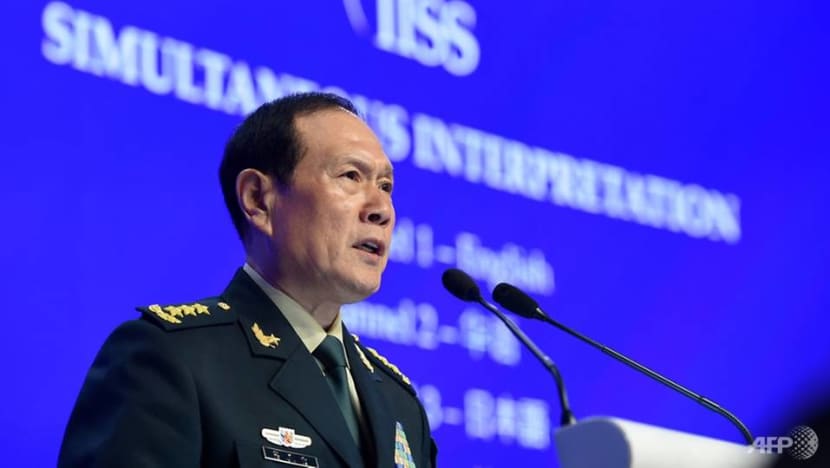
READ: It's the US that has miscalculated in this trade war, a commentary
READ: The US, China, a security dilemma and a way out in Singapore, a commentary
Given these dynamics, a four-eye meeting between Trump and Xi may be the best shot both countries have at reaching an agreement, or even a truce. Such a format could also incentivise both sides to find a solution that is politically acceptable to their stakeholders and rein in personalities who might otherwise have taken a tougher position.
SEARCH FOR CONSENSUS
Trump and Xi both recognise that there’s much at stake. Beijing hopes for a trade truce so the Chinese economy can take a breather and negotiators can focus on hammering out the finer points of a trade agreement instead of being bogged down with trying to find immediate reprieve.
A reasonable expectation is for Trump to climb down from his threat to raise tariff rates from 10 to 25 per cent on a list of products of Chinese imports, valued at around US$300 billion.
But in return, for optics, some concessions on Beijing’s part will be needed. One plausible exchange could involve bringing forward China’s planned purchase of big-ticket imports from the US, such as agriculture and LNG.
That reciprocity would not only support Trump’s ability to sell the truce to the American public and help his domestic image as a tough negotiator. It could lower the US-China trade deficit, and pave the way for Trump to consider lowering overall tariff rates.
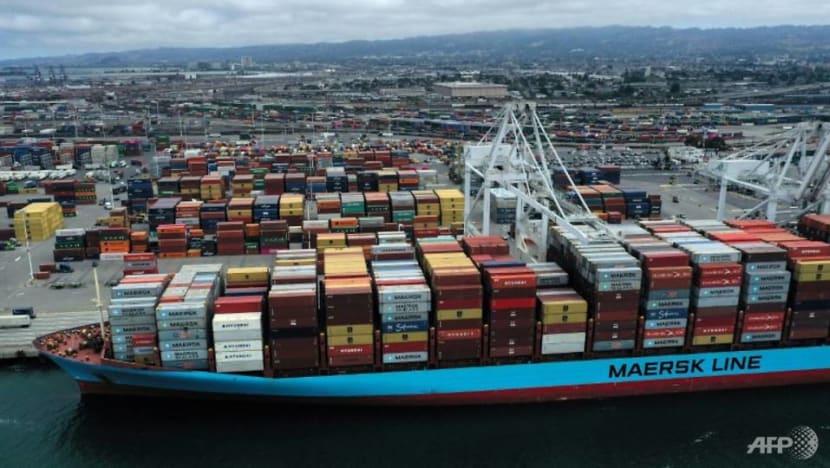
OVERCOMING MUTUAL MISTRUST
No doubt there are other fundamental issues on trade that both sides might not see eye-to-eye, which might be more difficult to address, even in a four-eye meeting between Trump and Xi, such as Chinese government subsidies to state-owned enterprises, intellectual property rights, the protection of rights of foreign companies doing business in China, and Washington’s blacklisting of Huawei and other Chinese tech firms.
READ: This brewing tech rivalry may create Chinese isolationism, a commentary
Demanding that Beijing agree to enact such sweeping reforms to the structure of its domestic economy to level the playing field for American companies exporting goods to China at this point may not be reasonable. But there are signs suggesting that small steps towards these huge changes are underway.
At the China’s National People’s Congress in March, Chinese delegates voted in favour of the new foreign investment law which promises to strengthen intellectual property protections, cease the need for foreign firms to establish joint ventures with Chinese companies in order to operate in the country, and forbid local governments from requiring the submission of proprietary information from foreign companies setting up businesses under their jurisdictions.
But mistrust and Washington’s concerns over whether China’s new foreign investment law binds the Chinese government to enforcement continue to stir.
One way is for the US and China to set up review panels to oversee the development and implementation of any comprehensive trade agreement both sides might reach.
Both Washington and Beijing officials should be appointed. Resolution of any major dispute could involve a neutral third party, either from a third country or a trade body like the World Trade Organisation.
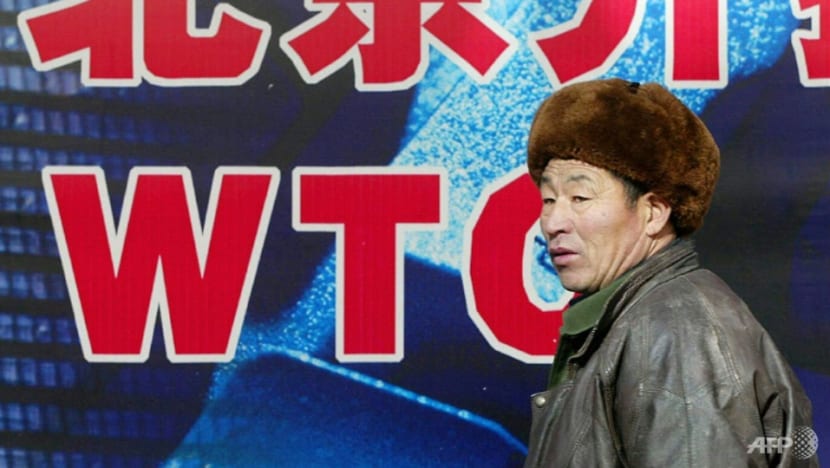
READ: Will the long anticipated G20 deliver? A commentary
Most importantly, both sides must demonstrate sincerity and hold off aggressive actions that would be inimical to building trust. Even after tensions on the trade front find a calm, the brewing tech competition between both nations is likely to throw out new flashpoints.
Washington and Beijing will continue to hold tough positions over tech issues, but that should not derail the work towards a US-China trade agreement that must begin more earnestly, which could be signed later this year if there is strong agreement between Trump and Xi when they meet at the G20.
The image of both sides doing so at Trump’s Mar-A-Lago resort in Florida would be a huge feather in the cap of a US president seeking re-election in 2020.
Tom McGregor is a commentator on Asia-Pacific affairs based in Beijing.












